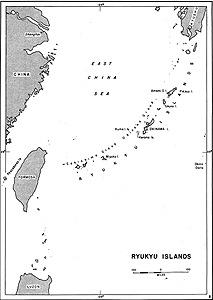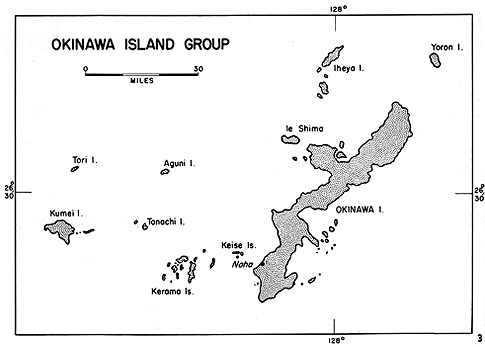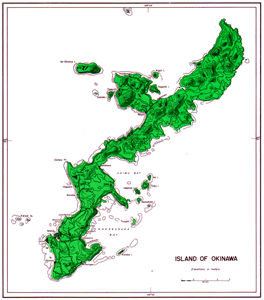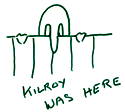| Join | Official Historian | City of Stamford | Blog | About Us | |
| Jewish Historical Society | Civil War Roundtable | Contact Us | |
|
|
|
|
The Stamford Historical Society PresentsPride and Patriotism: Stamford’s Role in World War II
|
 large view |
 |
 The strength of the American force was 180,000 Marines. They faced 107,000 regular troops and 24,000 militia. The American land forces were under the direction of the 10th Army commanded by Lt. General Simon Bolivar Buckner Jr. The army consisted of the III Amphibious Corps, made up of the 1st and 6th Marine Divisions, with the 2nd Marine Division in reserve, and the XXIV Corps made up of the 7th, 27th, 77th and 96th Infantry divisions. Buckner was killed at the end of the battle. The Japanese forces were made up of the 32nd Army consisting of the 9th, 24th, and 62nd Divisions and the 44th Independent Brigade. General Mitsuru Ushijima commanded the force with General Takehido Udo in charge of the northerly forces.
The strength of the American force was 180,000 Marines. They faced 107,000 regular troops and 24,000 militia. The American land forces were under the direction of the 10th Army commanded by Lt. General Simon Bolivar Buckner Jr. The army consisted of the III Amphibious Corps, made up of the 1st and 6th Marine Divisions, with the 2nd Marine Division in reserve, and the XXIV Corps made up of the 7th, 27th, 77th and 96th Infantry divisions. Buckner was killed at the end of the battle. The Japanese forces were made up of the 32nd Army consisting of the 9th, 24th, and 62nd Divisions and the 44th Independent Brigade. General Mitsuru Ushijima commanded the force with General Takehido Udo in charge of the northerly forces.
On October 10 bombers began plastering the island destroying homes and villages. Ushijima had heavily enforced the southern part of Okinawa with minefields, trenches and machine gun and mortar emplacements in the hills. Ushijima knew the American advance could not be stopped but was determined to waylay them for as long as possible.
The invasion started on 1 April. The landing faced little opposition and Allied forces quickly swept across the narrow south-central part of the island. They also took the north quickly, as well as Kadena Air Base and Yomitan Air Base. The entire north fell by 20 April. On 24 May the Marines took the capital city of Noka. Fighting was more intense in the south, as many Japanese were hiding in caves, but the island fell 21 June.
Throughout the battle the Japanese attempted to attack the U.S. Navy by using kamikaze planes, whose job it was to intentionally crash into the side of the U.S. ships. They incurred a great deal of damage but in the end their effort was a futile waste of life.
It was the last battle of the war although neither side thought it would be. The Allied forces were planning Operation Downfall, the invasion of Japan, which ended up never happening.
The casualties on both sides were huge with the United States forces suffering 18,900 killed or MIA, 38,000 wounded, 33,096 non-combat wounded, 38 ships lost and 736 aircraft lost. Japanese losses were far greater with 110,000 killed (3500 kamikazes), 7,455 captured (2300 Japanese) 16 ships lost and 7800 aircraft lost. Ninety percent of the buildings on the island were completely destroyed.
| Daniel Burke George Cartsounis Tony DiPreta Morton Johnson Elwood Lichack William Rudman |
Battle of Okinawa From the U.S. Army Center of Military History: Okinawa: The Last Battle (an extensive site, scroll down to “Maps” for a large selection of them) Pacific and Adjacent Theatre October 1944 (map) |
 Introduction
Introduction
Veterans
Battles
Stamford Service Rolls
Homefront
Exhibit Photos
Opening Day